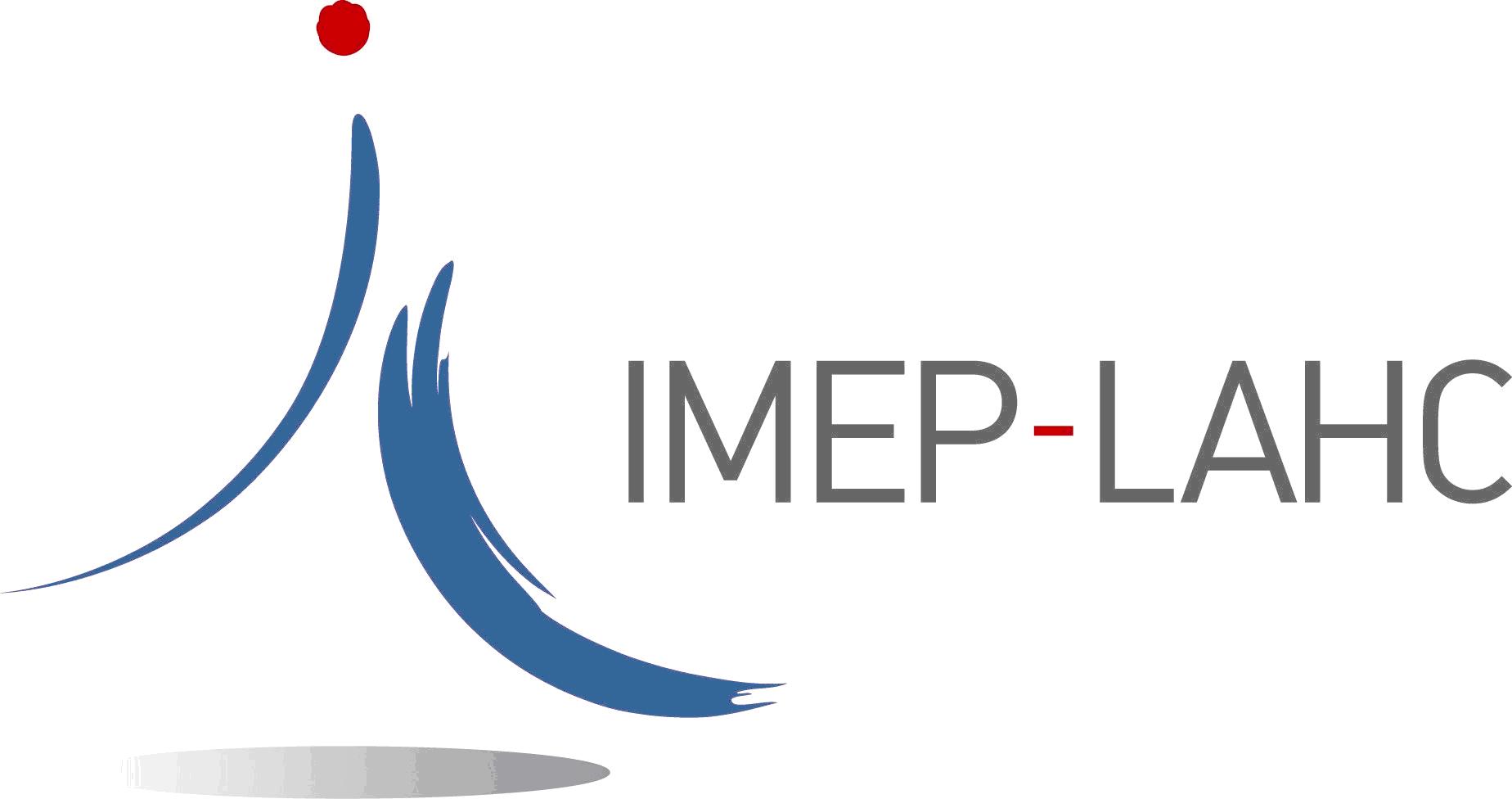Impedancemetric measurements for water pollution sensors – models to determine the frequency characteristics of pollutants
Published : 26 October 2023
INTERNSHIP PFE or de MASTER -2024 

Impedancemetric measurements for water pollution sensors –
models to determine the frequency characteristics of pollutants
Keywords:
HF characterization, biomedical devices, Biosensor, impedance spectroscopy, environmental pollution
Laboratory :
– Institut de Microélectronique, Electromagnétisme et Photonique Laboratoire d’Hyperfréquences et Caractérisation
(IMEP-LaHC, GINP-CNRS-UGA-USMB)
Minatec – Grenoble, 3, parvis Louis Néel, BP 257 38 016 GRENOBLE CEDEX 1
– Laboratoire de Génie Electrique de Grenoble
Bâtiment GreEn-ER, 21 avenue des martyrs, CS 90624 38031 GRENOBLE CEDEX 1
Academic supervisors:
XAVIER Pascal, Pascal.xavier1@grenoble-inp.fr, 04.56.52.95.69
GHIBAUDO Elise, elise.ghibaudo@univ-grenoble-alpes.fr, 04.56.52.95.31
GIMENO Leticia, leticia.gimeno-monge@g2elab.grenoble-inp.fr,
RICO Antoine, antoine.rico@grenoble-inp.fr, 04.56.52.94.89
Candidate profile:
Bac+5 or Master in electronics, if possible with a focus in biomedical or biophysical engineering.
1. Scientific context
Rapid pollutant detection in water can be useful in anticipating environmental disasters. Given our present climate emergency, monitoring water sources is a crucial issue.
Biosensors that merge cells and impedance readings offer a refined solution for broad-spectrum chemical incident detection. In comparison to enzyme- or DNA-based sensors, they bring significant advantages such as heightened stability, lower purification needs, and reduced preparation expenses.
In pursuit of these goals, the IMEP-LaHC and G2Elab laboratories in Grenoble have embarked on a collaboration with other French laboratories, experts in environmental science, biochemistry and biosensors, to create a water pollution biosensor that integrates several measurement methods. Within this initiative, both Grenoble labs are tasked with the creation of an impedance spectroscopy-driven sensor prototype. The biosensor’s design will employ bacteria as pollution markers, aiming to identify impedance shifts in bacterial solutions when in contact with pollutants. An intermediary stage involves determining the frequency-based dielectric behavior of the contaminants.
2. Internship objectives
The goal of the internship revolves around characterizing the electromagnetic response (impedance, conductivity, permittivity, dispersion range) of pollutants diluted in water. This characterization phase is pivotal to interpret and differentiate the sensor’s reactions when confronted with tainted aqueous solutions including bacteria.
The intern will be co-guided by a Ph.D. student who works on this topic. The internship will be supported by the trio of permanent researchers engaged in this biosensor, contributing their respective scientific field. Throughout the internship, the intern will receive training from his/her mentors and the technical staff of IMEP-LaHC on the theoretical principles of impedance spectroscopy and the required design, fabrication and electrical characterization techniques for the project’s fruition.
3. Internship progress
The internship will begin with a deep literature review around Electrochemical Impedance Spectroscopy (EIS) allowing the choice of a pollutant suited to begin the study. This selected contaminant will pose a minimal chemical risk, aligning with the lab’s prevailing safety standards. The contaminant electromagnetic behavior should be straightforward enough for easy interpretation and decoupling in a dielectric spectrometry measurement.
Once this first pollutant is identified, the aim is to carry out dielectric spectrometry measurements using an initial sensor prototype already fashioned in the lab. The calibration will be supported by results formerly observed by the doctoral student with this identical prototype on saline solutions.
Once the calibration is completed, the focus will shift towards refining the prototype’s electrode model and design to best match the pollutant’s features. Depending on the intern’s inclinations, they can then either focus on the optimized electrode design for a specific pollutant or on the comparison of frequency responses (dispersion range, conductivity, permittivity) of additional contaminants using the already established prototype. Depending on the internship advancement, a final task may involve Python programming for impedance-focused signal processing.
In conclusion, the overall objective of this internship is to exhaustively measure and get to know behavior of multiple pollutant electrical characteristics (dispersion range, conductivity, and permittivity) of multiple pollutants.
4. References
Shokoufeh Hassani, Saeideh Momtaz, Faezeh Vakhshiteh, Armin Salek Maghsoudi, Mo-hammad Reza Ganjali, Parviz Norouzi, and Mohammad Abdollahi. Biosensors and theirapplications in detection of organophosphorus pesticides in the environment. Archives of toxicology, 91(1):109–130, 2017.2
Ejeian F, Etedali P, Mansouri-Tehrani H-A, Soozanipour A, Low Z-X, Asadnia M, et al. Biosensors for wastewater monitoring: A review. Biosensors and Bioelectronics. 2018 Oct 30; 118:66–79. 9.
Yang Y, Liu Y, Chen Y, Wang Y, Shao P, Liu R, et al. A portable instrument for monitoring acute water toxicity based on mediated electrochemical biosensor: Design, testing and evaluation. Chemosphere. 2020 Sep;255:126964.



 Contact us
Contact us How to find us
How to find us









